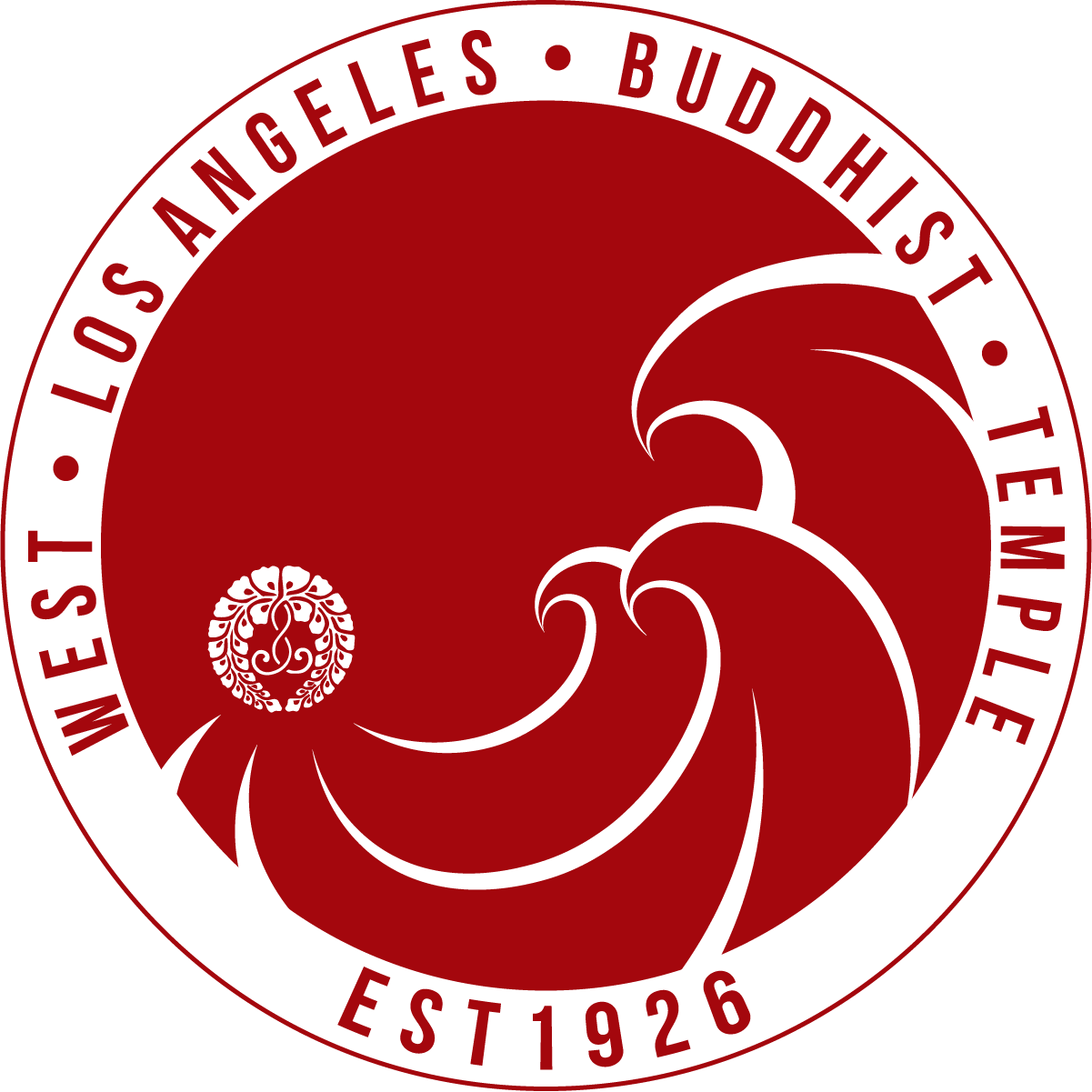
What is Obon?

What is Obon? by Reverend Patti Usuki
Obon is a Buddhist observance that was originally observed in Mahayana Buddhist countries, including China, Korea, Japan, and Vietnam.
Obon season is a time to express our gratitude to loved ones who have passed on before us. Without them, we would not be who we are today, due to the basic tenet of interdependence. We would not be where we are and we would not be able to do the things we do to enjoy life. Just think about the number of people involved in creating each of us. If we go back just thirty generations, we can calculate that there were over two billion parents, starting with our two parents, their four parents, and so on—and that’s just the physical part.
Since we’re all influenced by a countless number of beings, our interconnections, and therefore our debt of gratitude, is without bounds. Thus, temples hold an Obon memorial service to enable people to pay tribute to the departed. The service is usually held separately from the festival so that the sangha (Buddhist community) can participate in this solemn and respectful remembrance in quiet reflection.
The word “Obon” is the abbreviated name of the ancient Ullambana Sutra, whose Japanese pronunciation is Urabon. The sutra tells of the Buddhist monk, Maudgalyayana (Mokuren in Japanese) who offered food to the sangha in an effort to release his mother from her hellish torments. When she became liberated, her son is said to have danced for joy.
Obon Festival and Bon Odori
In Japan, Obon has been held since 657 CE. It is observed in July or August. A commonly held belief among people in Japan is that the disembodied spirits of the dead return to visit at this time of year. This belief is not supported by Jodo Shin Buddhists, who consider such a belief to be an unfounded superstition.
Most Japanese-American Buddhists belong to the Jodo Shinshu school (including the sangha of West LA Buddhist Temple), so it is important to understand the history and significance of our Obon Festival. It is not, as some mistakenly believe, to welcome back the spirits of the dead. Instead, it is a time of gratitude, giving, and joy in the Truth of Life. Hence, it is also known as Kangi-e, or the Gathering of Joy.
The celebration of joy first began simply with Bon odori, or dancing. It is unique to Japanese Buddhism and is thought to have evolved from the Nembutsu Odori of dancers who played instruments while chanting “Namo Amida Butsu”—I take refuge in Infinite Light and Life, Immeasurable Wisdom and Compassion— symbolized by Amida Buddha. Bon dancing was first taught in America at the San Francisco Buddhist Temple in 1931 and spread to other temples. The festival or carnival was added much later as a temple fundraising opportunity, since the dance became an annual tradition that drew such large crowds of participants and onlookers.
The dancing begins and ends with a short Buddhist reflection. Participants gather in rings around a yagura, a central raised platform, and dance to the accompaniment of singing and taiko drums. The folk dances usually tell stories of traditional occupations such as fishing and farming. Everyone is encouraged to join in with the seasoned dancers as they circle around the yagura, often wearing colorful yukata (summer kimono) or happi coats representing various area temples. It doesn’t matter whether you are Buddhist or not, whether you are new to Bon odori or whether you have “two left feet.” The important thing is to leave your ego behind and simply express your joy and gratitude for life through the dance.
Rev. Masao Kodani, Minister Emeritus of Senshin Buddhist Temple, points out that the memory of deceased loved ones should urge us to awaken to our deluded selves and live fully in Truth-Reality. Thus, Bon odori is a spiritual activity in which we “just dance, without fretting over how one looks, nor showing off one’s ability … dance just as you are with no conniving, no calculating, no image protecting or flaunting.” But, he points out, most of us would rather practice before we feel we’re ready to dance in front of others—in much the same way that we rehearse “really living” and only end up watching life go by. Just dance. Just BE, in every moment, and you will feel true fulfillment and pure, ego-less joy.
In the Southern California area, the sixteen Jodo Shinshu temples of the Buddhist Churches of America, including West LA Buddhist Temple, take turns holding Obon Festivals and Odori every weekend from June through August, making for a joyful summer of shared experiences. No wonder it is a major temple event.

